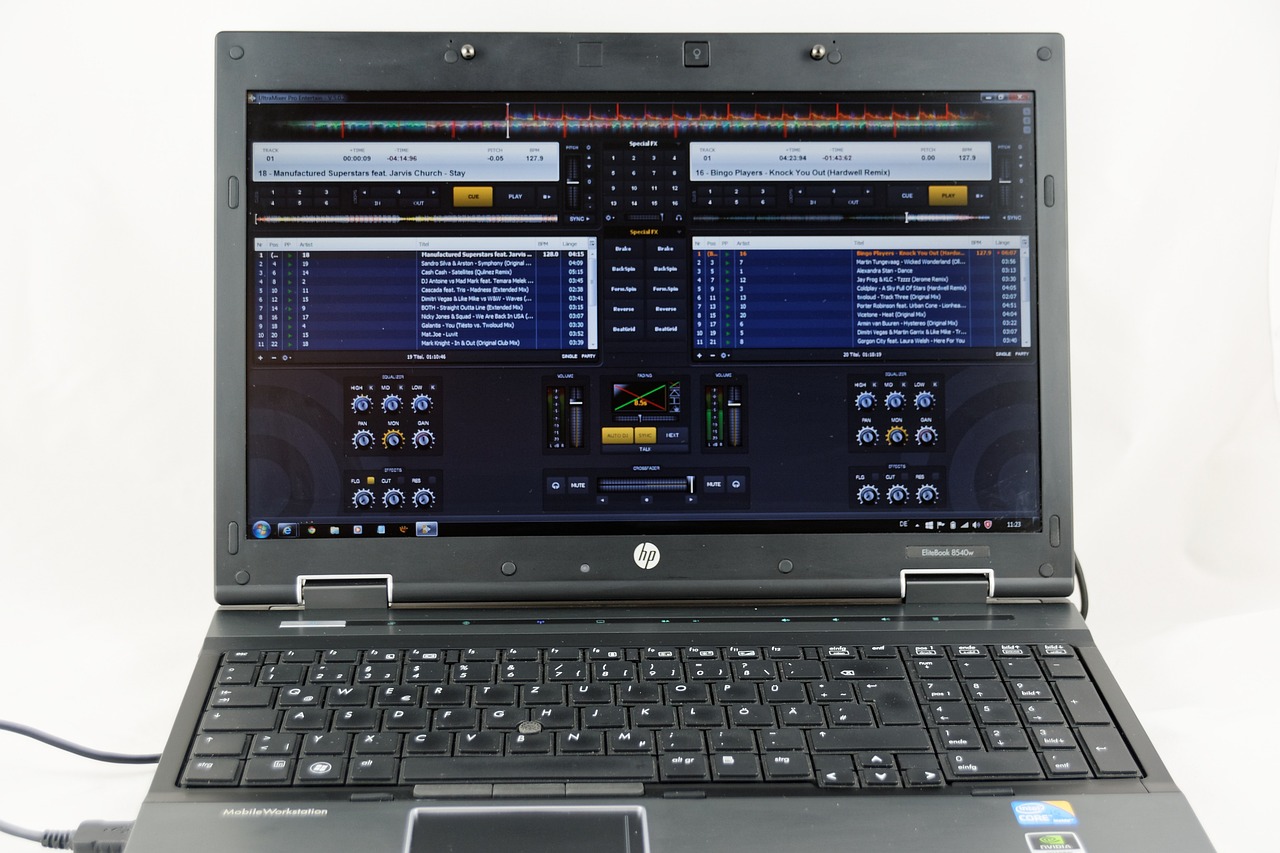Sustainable Lighting Design in Stage Productions: Energy-Efficient Solutions
Designing traditional stage lighting poses numerous challenges for lighting designers. The reliance on conventional incandescent bulbs not only consumes excessive energy but also generates substantial heat, posing safety concerns for both the performers and technical crew. Additionally, the limited color options and flexibility in adjusting the intensity of light with traditional fixtures often restrict the creative expression and versatility in lighting design for a production.
Moreover, the labor-intensive process of manually focusing and adjusting each individual light fixture can be time-consuming and require a high level of precision. This can result in delays during rehearsals or performances, impacting the overall efficiency and effectiveness of the production. These challenges highlight the importance of exploring alternative and more innovative lighting solutions to enhance the quality and sustainability of stage lighting design.
Benefits of Energy-Efficient Lighting Solutions
Energy-efficient lighting solutions offer a range of advantages for stage productions. Firstly, they significantly reduce energy consumption, leading to cost savings for theaters and production companies. By using LED lights or other energy-efficient alternatives, theaters can lower their electricity bills and operate more sustainably.
Additionally, energy-efficient lighting solutions produce less heat compared to traditional lighting fixtures. This not only helps create a more comfortable environment for performers and crew members but also reduces the strain on air conditioning systems. With lower heat emissions, theaters can also minimize the risk of fire hazards, enhancing overall safety during productions.
Impact of Sustainable Lighting on Stage Productions
Sustainable lighting solutions have revolutionized the way stage productions are executed. With the advancement of energy-efficient technologies, such as LED fixtures and automated controls, stage designers now have the ability to create dynamic lighting effects while reducing energy consumption and environmental impact. This shift towards sustainability not only aligns with the growing global consciousness on environmental issues but also presents economic benefits for production companies through long-term cost savings.
Moreover, sustainable lighting practices offer greater versatility and flexibility in creating lighting designs for stage productions. By leveraging technologies that allow for precise control and customization of lighting elements, designers can enhance the overall aesthetic appeal and storytelling aspects of a performance. With sustainable lighting solutions, stage productions can achieve higher levels of creativity and efficiency, ultimately elevating the audience’s experience and the industry standards as a whole.
• Sustainable lighting solutions have revolutionized stage productions
• Energy-efficient technologies like LED fixtures and automated controls are being used
• Reduction in energy consumption and environmental impact is a key benefit
• Economic benefits for production companies through long-term cost savings
• Greater versatility and flexibility in creating lighting designs for stage productions
• Precise control and customization of lighting elements enhance aesthetic appeal
• Higher levels of creativity and efficiency can be achieved with sustainable lighting solutions
How do traditional stage lighting designs pose challenges in terms of sustainability?
Traditional lighting designs often use high-energy consuming incandescent bulbs which contribute to higher electricity bills and greater carbon footprint.
What are some benefits of energy-efficient lighting solutions for stage productions?
Energy-efficient lighting solutions help reduce electricity costs, lower environmental impact, provide better lighting quality, and require less maintenance.
How does sustainable lighting impact stage productions?
Sustainable lighting allows for greater creativity in design, enhances the overall aesthetic of the production, reduces operating costs, and aligns with eco-friendly practices.
Are there any drawbacks to implementing sustainable lighting in stage productions?
While the initial investment in energy-efficient lighting solutions may be higher, the long-term benefits in terms of cost savings and environmental impact outweigh any drawbacks.







